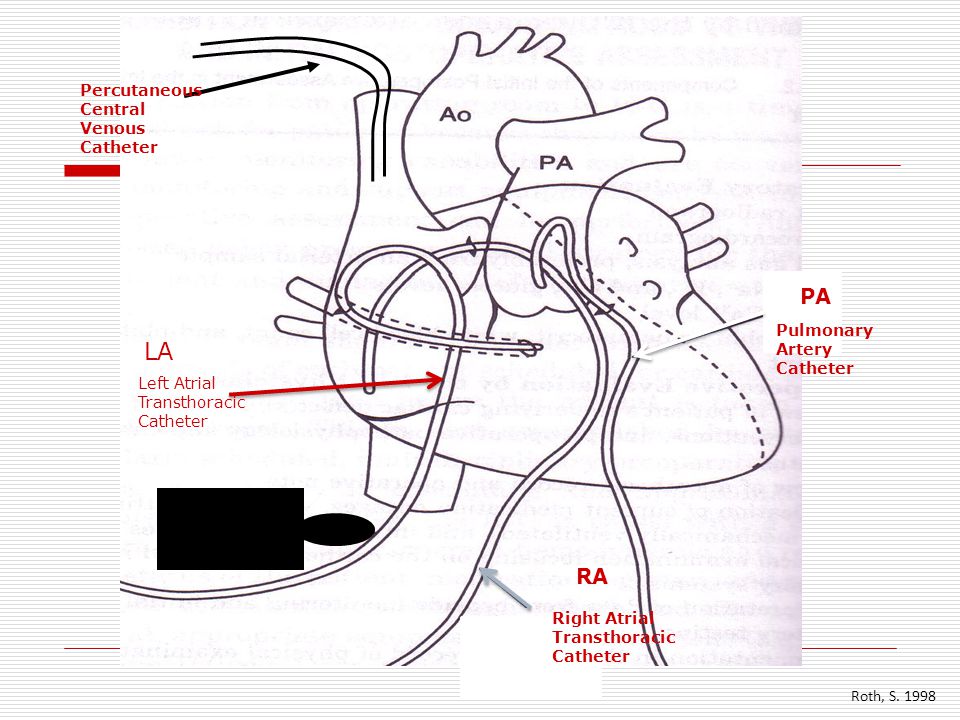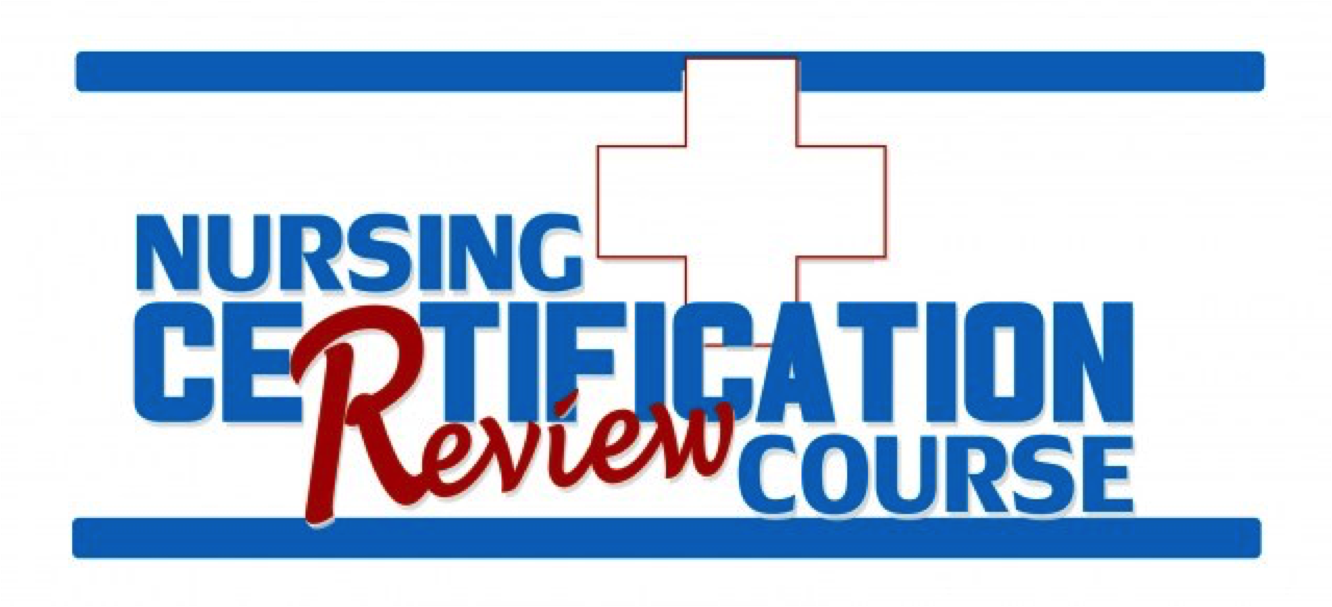
Transthoracic Intracardiac Catheters (TICs)
Nursing Practice with Transthoracic Intracardiac Catheters in Children: International Benchmarking Study (Lisanti, Fitzgerald, Helman, Dean, Sorbello, et al, 2019) is an article in the current 2019 issue of American Journal of Critical detailing a cross-sectional, descriptive study of nursing practice in infants and children with TICs seeking to define criteria for catheter insertion and removal, dressing care, flushing practice, securement, and mobilization of patients. Nurses participating in the study from 43 facilities (n=40) used TICs.
A review of the literature revealed that standard practices for management do not currently exist. The study of surveyed colleagues found that most institutions use TICs for blood administration and total parenteral nutrition (TPN). If the line was kept in greater than 5 days, it was more likely to be used for lab draws as well as blood product administration. Dressing changes are done every 7 days in 65% of the participating facilities. Unfortunately, only about half of the surveyed nurses reported that patients with TICs were mobilized out of bed.
The study was limited by reliance on self-reporting versus objective data. Ultimately, more research is needed to standardize management and improve outcomes.
Lisanti, A.J., Fitzgerald, J., Helman, S., Dean, S., Sorbello, S., & Griffis, H. (2019). Nursing Practice with Transthoracic Intracardiac Catheters in Children: International Benchmarking Study. American Journal of Critical 28(3). (174-181). Retrieved from doi:10.4037/ajcc2019350
Photo credit: https://slideplayer.com/slide/5339658/







